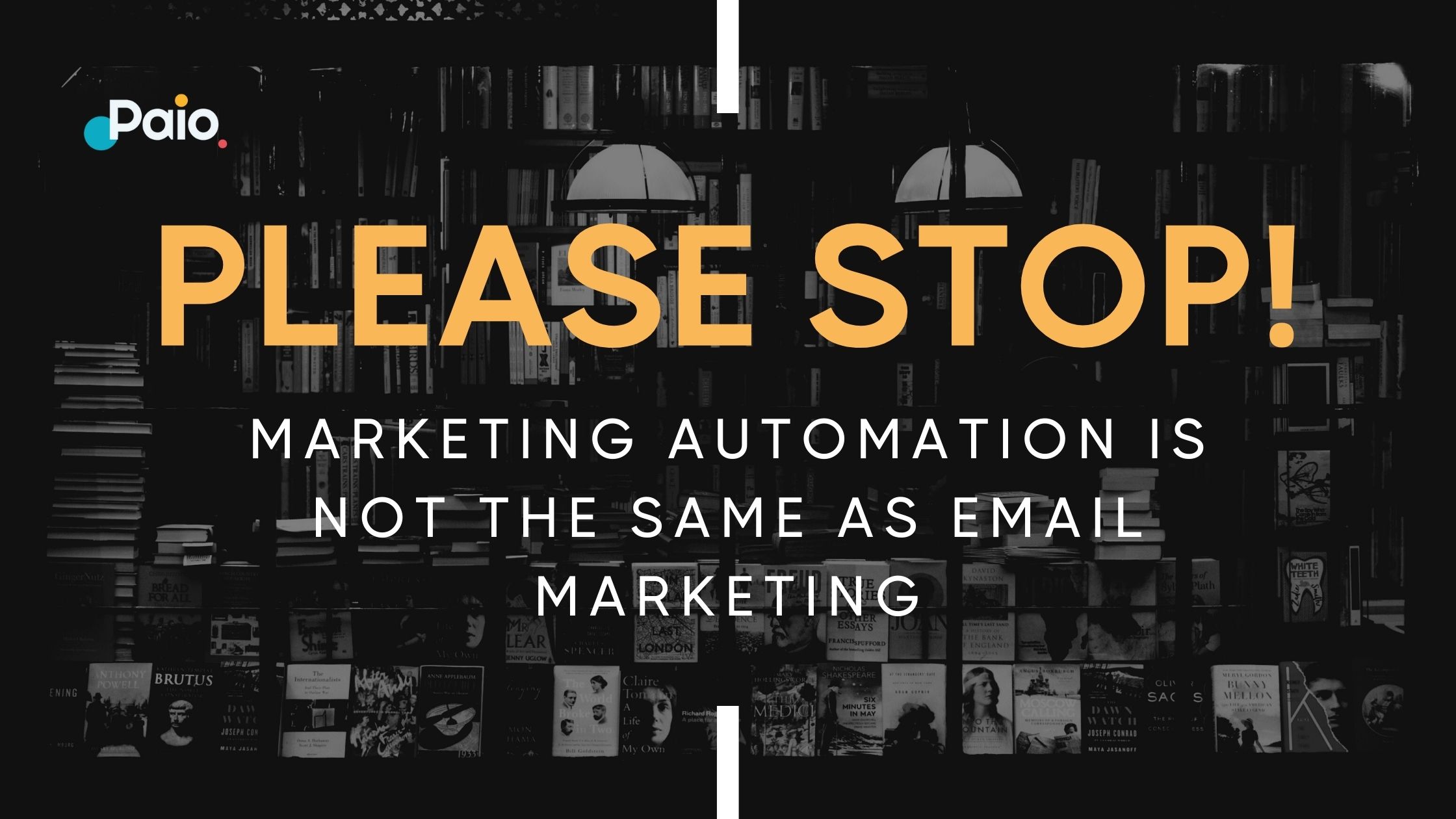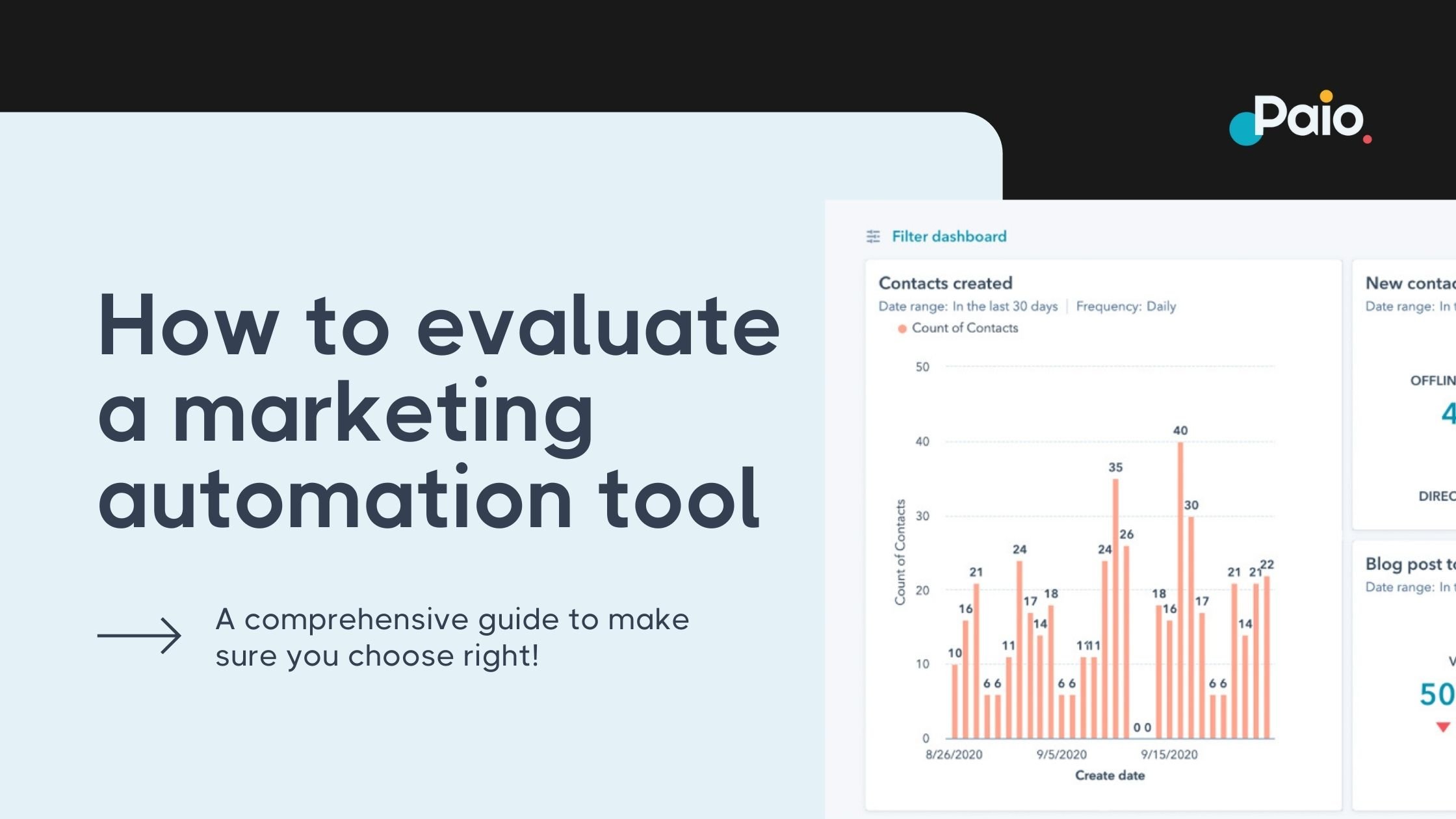If you are trying to choose a marketing automation platform, two obvious options are HubSpot and Pardot. These two are among the most popular CRM and marketing automation platforms that thousands of marketers worldwide use. The question you might be asking yourself now is which of the two is better?
Each of them has strengths and limitations, so as a marketer, you need to first analyze your business needs to determine the one with the necessary features to fulfill those needs. This blog will give you a brief overview of HubSpot and Pardot and how to transition between the two. We will also discuss the signs that could lead you to transition.
HubSpot overview
HubSpot is an all-in-one marketing automation platform used by over 128,000 customers in over 120 countries. It has a wide range of tools, including HubSpot marketing, sales CRM, customer service, CMS, and operations, that business owners and marketers can take advantage of to reach their target audiences and make more sales. HubSpot targets both small businesses and large enterprises.
The best features of HubSpot include the following:
- Customer Relations Management tools (CRM)
- Landing Pages builder
- List Segmentation
- Email marketing tools
- Workflows automation builder
- Paid Ad Tracking functionality
- Social Media Integration and Management
- Reporting and Analytics
Pardot overview
Pardot is mainly a B2B marketing automation platform owned by Salesforce. Marketers and business owners use Pardot to grow faster with smarter engagement, generate high-quality leads, build meaningful relations with customers, and calculate marketing ROI. Unlike HubSpot, Pardot is mainly a tool for enterprises and relatively large businesses. This is evident in their pricing plans and the features they offer.
The best features that Pardot offer include the following:
- Advanced automation capabilities
- Personalization or marketing campaigns
- Targeting & Segmentation of prospects
- Proofing Emails before sending them to prospects
- Advanced analytics and reporting
- Continuous Improvement if campaigns with A/B testing
- Landing page builder that allows real-time editing
Here is what might force you to make a transition between the two
-
Pricing doesn’t match the value you get
As a marketer or business owner, you need to use a marketing automation platform whose features you can fully utilize. If you notice you are paying for too many features that you don’t even utilize, switching to a much cheaper platform with minimal features is the best solution. So, take time and evaluate all the features you are paying for. Then determine how many of those features are actually of value to your business.
-
The platform is not in sync with your goals.
Every business has marketing and sales goals they have to meet within a given period. For instance, if one of your marketing goals is to reach a much broader audience than you already have, you need to choose a marketing automation tool that makes it easy to get new contact information and integrate it into your CRM. If the Marketing automation platform limits your ability to achieve such goals, that is a sign you need to switch.
-
The platform doesn’t integrate with the rest of your business apps.
Another reason that might force you to transition from your current marketing automation platform is that it doesn’t integrate with the rest of your technology stack. Having a seamless integration between every business app you are using will help your team be more productive because they will not have to go through the hustle of manually transferring data between apps.
Your productivity will greatly be affected if your current marketing automation platform doesn’t integrate with the other apps you rely on to do other business tasks.
-
The platform lacks come core marketing features.
Your marketing automation platform should be able to handle most of the core digital marketing tasks, including email marketing, social media management, etc. If there is a core feature that your current marketing automation tool lacks, that’s an indicator that you need to transition to another one.
-
The platform is not intuitive and has a steep learning curve
You don’t want your marketing team to spend hours doing simple tasks with your marketing automation platform. If the platform is not easy to use, switching to a user-friendly one should be your next step.
-
Other departments don’t find the platform helpful.
A good marketing automation platform needs to be used by your marketing team and other departments outside marketing to ensure seamless communication and exchange of ideas.
Steps for switching between one marketing automation platform to another
- Create a plan: Once you figure out that you need to switch to another marketing automation tool, you need to take time and plan the transition to avoid making the same mistakes. Planning also includes vetting all the other alternatives to ensure they have all the exact features you need.
- Test your plan: You can do this by migrating a small section of your data to determine whether the switch will improve your user experience and productivity.
- Perform the Migration: Once you are satisfied after testing your plan, go ahead and perform the migration.
- Monitor your progress: Do a periodical assessment to determine whether you are getting the full benefits of the transition as you had anticipated.
Bottom line: HubSpot vs. Pardot – which one is good for you
Determining the best marketing automation platform to use depends on your marketing needs. Each of the two platforms we’ve just discussed was designed with specific markets in mind. When you look at the features and pricing of HubSpot, you will notice it was built for both small businesses and large enterprises. On the other hand, Pardot is a B2B tool that mainly suits large enterprises with relatively big marketing budgets.
The majority of our clients at Paio tend to use HubSpot as it is a very robust platform that has an ever-growing list of capabilities. The UX is extremely user friendly for new and experienced marketers.


.jpg?width=70&name=11822273_869376790464_4398309784822550341_n%20(1).jpg)

